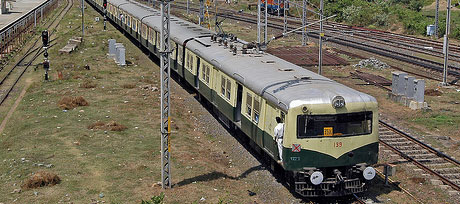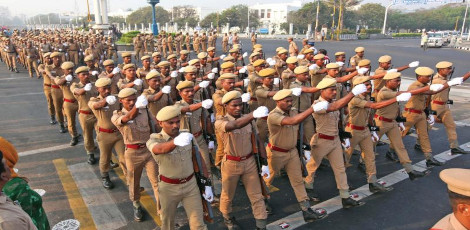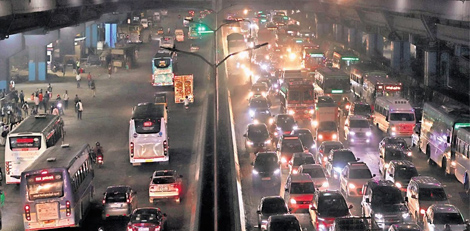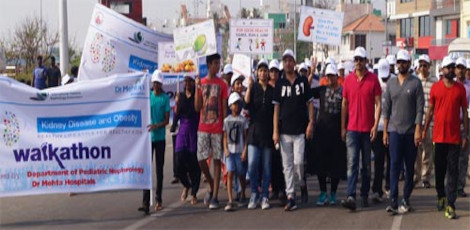SSA NORMS REVISED TO BE IN ALIGNMENT WITH RTE ACT: MHRD SECRETARY

Anshu Vaish, Secretary, Department of School Education and Literacy,
Ministry of Human Resource Development announced that the Sarva Shiksha Abhiyan
(SSA) has initiated the revision of several norms of intervention to align them
with the standards of the Right of Children to Free and Compulsory Education Act.
The State SSA societies have factored in the revised norms in their Annual Work
Plans and Budgets (AWP&B) for the year 2010-11.The issue of aligning SSA
with the RTE Act was discussed in the Central Advisory Board of Education
(CABE) meeting held recently.
The CABE has also suggested that a Committee be set up in order to look
into the complexities of admission of 25% children from the neighborhood
unaided schools.
The revised norms of the SSA include provision of primary schooling
facility within neighborhood as per norms notified by the appropriate
government. Infrastructure would hence include school libraries with books for
Rs.3000 for primary school and for Rs.10, 000 for upper primary school.
According to Ms Vaish �The scope of school grant has been extended to include
play material, games, sports equipment, in addition to the existing provision
for replacement of non-functional school equipment and for other recurring
costs. Besides revising norms pertaining to teacher training, the financial
provisions for children with special needs has also been enhanced from Rs.1,
200 per child per year to Rs.3, 000, provided that at least Rs.1000 per child
will be used for the engagement of resource teachers.
Several other SSA norms require revision, including for example, norms
for sanction of teacher posts and construction of classrooms. Processes for
revision of these norms have been initiated.
On the modalities of implementing the provision of the Act which talks
of reservation of 25 per cent of seats in private schools for underprivileged
children, Ms. Vaish said: �The RTE Act provides that 25 per cent children from
disadvantaged groups and weaker sections will be admitted in unaided schools in
class I each year,� she said. Thus, for a school to achieve the total strength
of 25 per cent children from disadvantaged groups and weaker sections will take
a period of eight years. For several provisions of the Act, the time frame is 3
years, while interventions related to qualitative aspects would start
immediately.







